FTPress Delivers Elements
An e-burst of inspiration for business and life
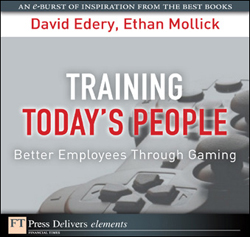
Training Todays People
How powerful and cost-effective new video game technologies can supercharge business trainingand reach a new generation of learners more effectively than any other approach.
David Edery and Ethan Mollick
ISBN: 978-0-13-703814-5
$1.99
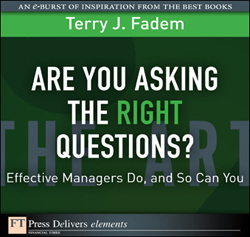
Are You Asking the Right Questions?
Learn how to ask the questions that really matterand get the answers your business really needs!
Terry J. Fadem
ISBN: 978-0-13-704896-0
$1.99

Communities of Innovation
Unleash user-driven innovation beyond your wildest imagination, for a fraction of the cost of creating it yourself!
David Edery and Ethan Mollick
ISBN: 978-0-13-706090-0
$1.99
As it turns out, several of the factors that contribute to flow also underlie good game design, most particularly factors related to goals, feedback, and difficulty.
Management Lessons from Games
The activities most likely to result in a state of flow are those that have clear goals and provide quick, unambiguous feedback. Without these, people cannot know what needs to be done in any given situation and therefore will be of limited effectiveness. Fortunately, games excel in expressing this sort of information. Players know exactly what they should be doing, the consequences of failure, and the benefits of success. Compare this to so many work situations that are plagued with fuzzy goals (satisfy our customers) and slow feedback loops (you arent being promoted because you failed to satisfy customers for the past six months). Businesses can learn much from games simply by trying harder to clarify employee goals and improve feedback loops. The goal to satisfy customers becomes satisfy at least 20 customers a day, and biannual career checkpoints are augmented with real-time customer feedback fed directly to employees.
Activities that lead to flow also need to have the right level of difficulty. Our lives are rarely balanced to the extent that we might like. We are, at any given moment, too busy or bored, overwhelmed or underchallenged, exhausted or restless. Good games, on the other hand, excel at consistently confronting players with structured and novel challenges that are neither too easy nor too difficult. This is one reason why flow is so common in the context of games, and so uncommon in the business world. Businesses that can do more to dynamically adjust the challenges facing their employees, in tune with their evolving abilities, will be rewarded with higher morale and greater productivity. For example, a high-performing employee might be recognized with a promotion and also have his or her goal shifted from satisfy at least 20 customers a day to satisfy at least 20 customers and resolve at least 5 customer escalations.
Making work more gamelike through clearer goals, quicker feedback, and more finely tuned challenges has the potential to be extremely effective. However, it also has the potential to go terribly wrong. Tinkering with goals, in particular, can be a very tricky thing. In the sales world, the wrong goal can quickly result in a wave of quickly negotiated contracts that your business cant actually fulfill. A customer support representative with the goal of satisfying at least 20 customers a day might do so by making costly concessions to customers who merely required verbal support. These issues can be addressed through more nuanced goals, but making a goal both nuanced and clear isnt easy. Companies who want to build gamelike principles into their core business first must carefully test the impact of doing so, preferably on sub-units of larger teams.
Fortunately, there are less-risky ways to integrate productivity-boosting game mechanics into your business. These methods generally involve two things: friendly competition and the use of status symbols like high scores, virtual badges of achievement, and rare virtual items.
Using Games to Motivate Productivity
Players of World of Warcraft and other massively multiplayer online games (MMOGs) have been known to spend countless hours engaging in a tedious practice that the gamer community has labeled grinding. Grinding takes many forms, all of which are startlingly similar to rote work. For example, a player might grind (that is, kill) the same monster over and over again, for tens of hours, in hopes of winning a rare virtual item that appears only once in every hundred kills on average. Grinding is also a characteristic of many tasks that a player might perform as part of a virtual profession that they role-play in games. World of Warcraft has several professions, including leatherworking and blacksmithing, each of which requires long hours of repetitive work by players who want to improve their skills and craft the best virtual items their virtual trade has to offer.
Similarly, many players of Xbox 360 games are committed to increasing their gamerscore and earning achievementstwo measures of status that have become a core part of the Xbox experience. Every Xbox 360 game awards a certain number of gamerscore points and achievements whenever players complete a predefined challenge. Most of these achievements are genuinely fun to earn as part of the normal process of playing a game, but there are certainly a few that are simply a time-consuming pain. Nevertheless, many players will do whatever it takes to win every achievement in a game, even when they have already tired of playing the game.
The Xbox 360 Live system also features leaderboards, which are basically lists of high scores associated with each Xbox 360 game. Leaderboards, like achievements and gamerscore, are an incentive for people to play games. When they perform well enough, players will reach the top of a weekly or even all-time leaderboard, which is visible to all their friends. Leaderboard scores, achievements, badges, and gamerscore have zero monetary value, and they also cannot be traded, which eliminates any possibility of their use as a virtual currency. Most achievements are simply a status symbol.
Why are video game players willing to spend so much time and effort earning virtual items and status symbols like achievements? We admit that this is a complicated question with no simple answer. Virtual items, in particular, are often not only status symbols in MMOGs but also much-needed tools without which players cannot succeed in the game. Nevertheless, it is fair to say that one very important factor driving the interest in leaderboards, achievements, and virtual items boils down to status and friendly competition. People want to feel good about themselves, and these mechanisms are a convenient source of gratification. People also tend to especially enjoy competition when the consequences of losing are relatively trivial. Games with weekly leaderboards provide ample opportunity for friends to compete with each other in a fun, highly repeatable, and low-stakes manner.
Although many businesses have attempted to harness elementary competitive elements to improve morale and productivity (the first sales team to move 100 units wins a prize!), few have leveraged leaderboards to the extent that games do, and almost none have experimented with achievements and virtual itembased rewards. However, we have begun to see tantalizing hints of the potential for these mechanisms in business environments. One of the best examples can be found within the walls of Microsoftbut not within its Xbox division. As it turns out, the engineers behind Windows Vista are far ahead of Microsofts own game gurus when it comes to play and corporate productivity.

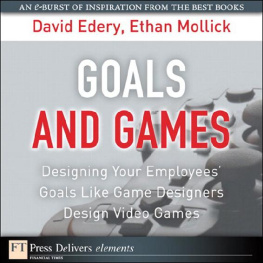

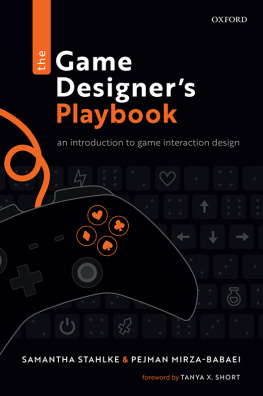
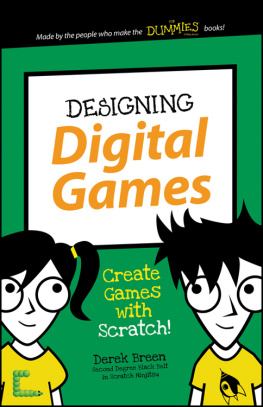

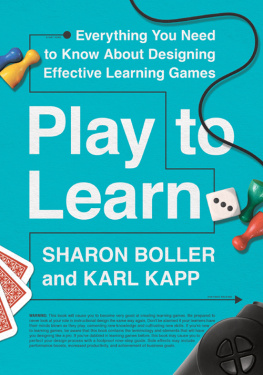
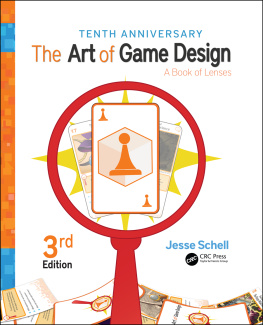
![Jesse Schell [Jesse Schell] - The Art of Game Design, 2nd Edition](/uploads/posts/book/119435/thumbs/jesse-schell-jesse-schell-the-art-of-game.jpg)
![Wagner James Au [Wagner James Au] - Game Design Secrets](/uploads/posts/book/119431/thumbs/wagner-james-au-wagner-james-au-game-design.jpg)
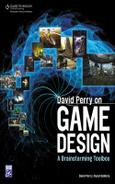
![Ethan Ham [Ethan Ham] - Tabletop Game Design for Video Game Designers](/uploads/posts/book/119417/thumbs/ethan-ham-ethan-ham-tabletop-game-design-for.jpg)



